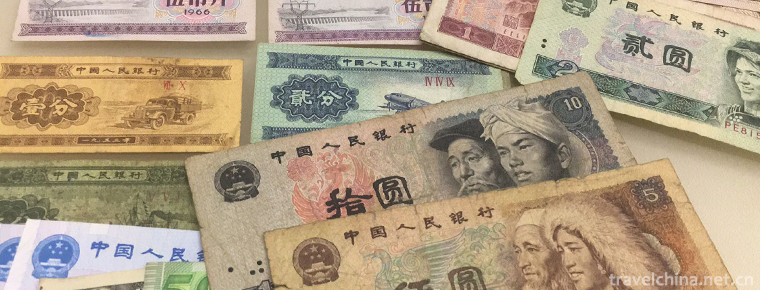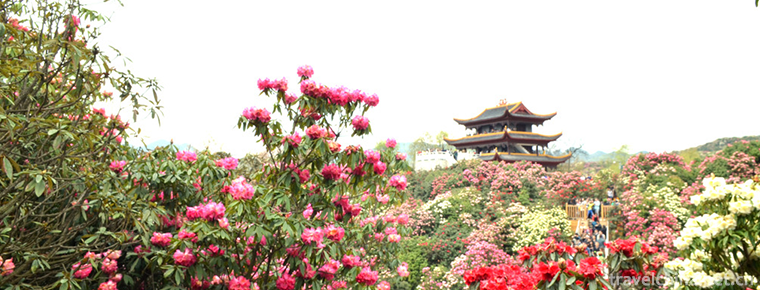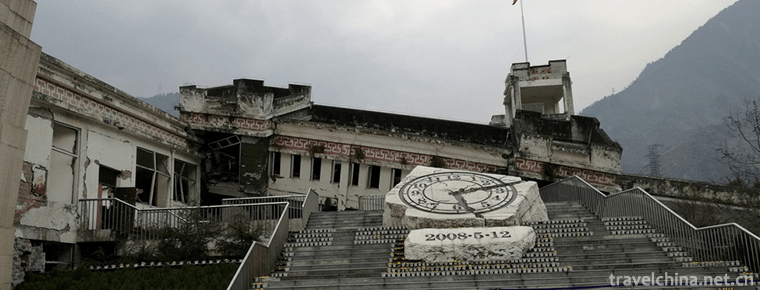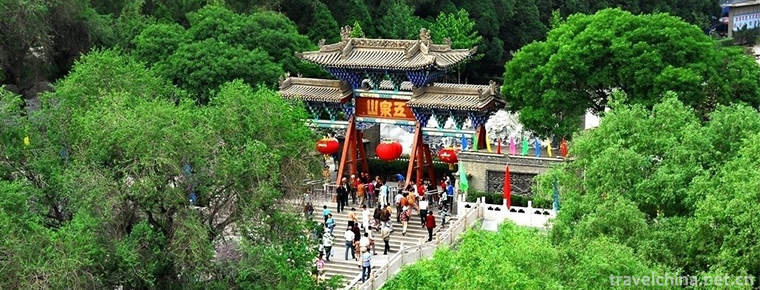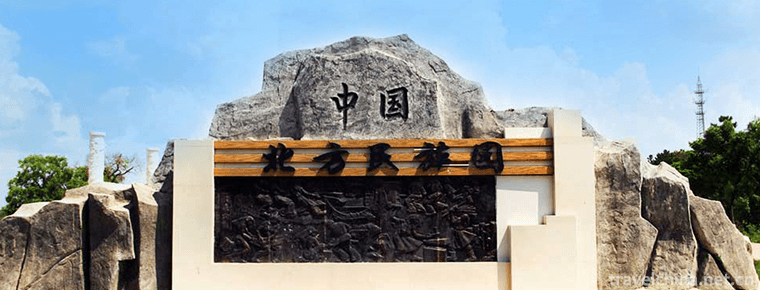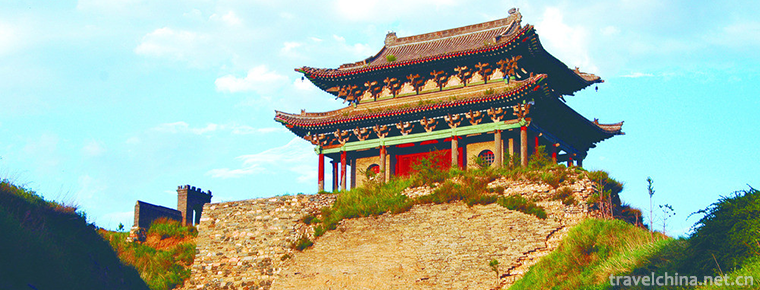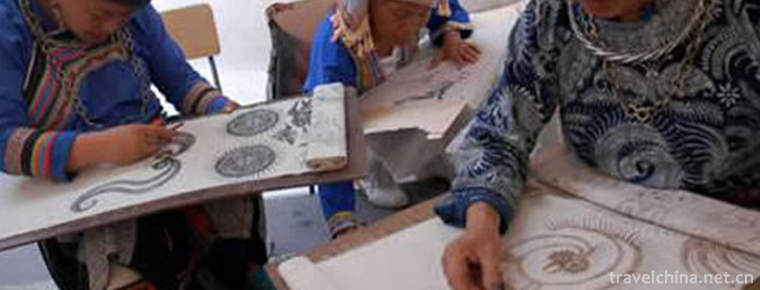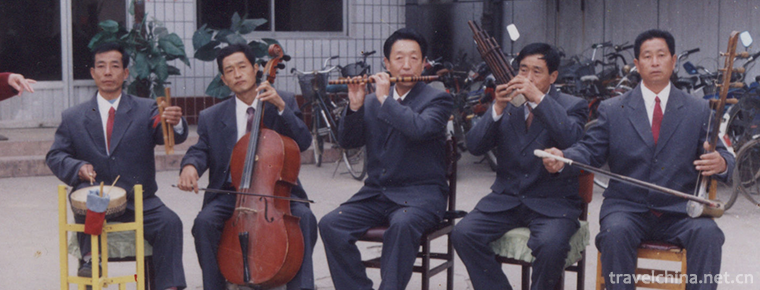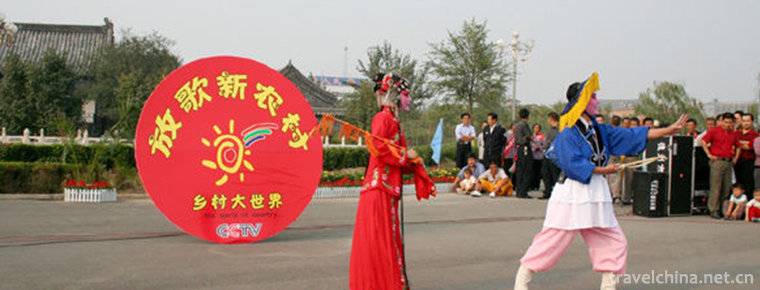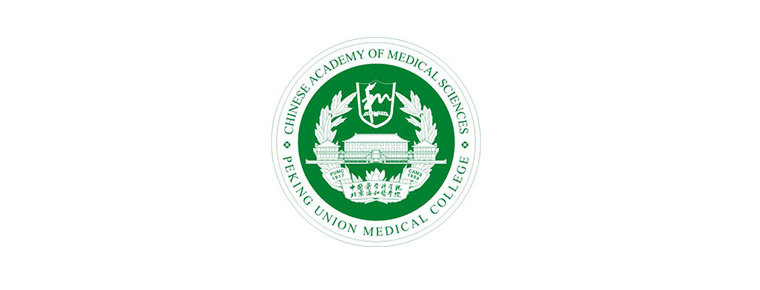Population of Deyang
Population of Deyang
By the end of 2018, the total number of households in Deyang was 1 million 575 thousand, and the total registered residence population was 3 million 870 thousand. Among them, there were 1 million 242 thousand urban residents and 2 million 629 thousand rural population. There were 33000 births and 26000 deaths. At the end of the year, there were 3.545 million permanent residents and the urbanization rate was 52.4%. Deyang is an area inhabited by ethnic minorities. There are 14469 Hui, Tibetan, Yi, Qiang and other 51 ethnic groups in Deyang, accounting for about 0.3% of the city's total population. There are about 8385 urban ethnic minorities in the city (including 3000 ethnic minority students studying in Deyang, 3000 urban registered permanent residence, and 2385 ethnic floating population). The distribution of ethnic minorities in the city shows a trend of large dispersion and small settlement.

Population of Deyang
-
RenminbiChinese yuan
The legal currency of the People's Republic of China is Renminbi. The People's Bank of China is the competent organ of the state in charge of the management
Views: 213 Time 2018-11-13 -
Baili Rhododendron Scenic Area in Bijie City
Bijie Baili Rhododendron Scenic Area is located in the northwest of Guizhou Province and the central part of Bijie City. It belongs to the Baili Rhododendron Management Area of Bijie City.
Views: 242 Time 2018-12-12 -
Wenchuan Special Tourist Area
Wenchuan Special Tourist Area is a memorial and cultural theme scenic area specially developed after the reconstruction of the Wenchuan Earthquake on May 12, 2008
Views: 225 Time 2018-12-12 -
Five spring mountain
Wuquan Mountain is located at the northern foot of Gaolan Mountain, south of Lanzhou City. It is a famous Longshang resort with a history of more than 2,000 years
Views: 163 Time 2018-12-22 -
North China National Park
The National Park in northern China covers 84 hectares. The scenic spot is a collection of ancient and modern culture of Suibin and the essence of northern nationalities.
Views: 367 Time 2018-12-22 -
Yanmenguan Scenic Area
Yanmenguan Scenic Spot is located in the northern part of Daizhou ancient city. South-controlled Central Plains and North-controlled Moyuan are grand military defense projects of ancient Chinese passe
Views: 148 Time 2019-03-01 -
Miao Batik Dyeing Techniques
Batik dyeing is one of the ancient folk traditional printing and dyeing techniques of the Chinese nation. As early as the Qin and Han Dynasties, the Miao people had mastered batik dyeing techniques, a
Views: 393 Time 2019-06-05 -
Four strands
Four-strand string, also known as four-strand string, two-strand string, five-tune string and five-tune tune tune tune, is one of the ancient traditional local operas in China. It originates from Julu
Views: 403 Time 2019-06-16 -
Yigou gou
"Yigou" is a traditional drama in Gaotang area of Shandong Province and one of the national intangible cultural heritages.
Views: 142 Time 2019-07-12 -
Peking Union Medical College
The Chinese Academy of Medical Sciences was established in 1956. Peking Union Medical College was founded in 1917. Since 1957, the Chinese Academy of Medical Sciences and Peking Union Medical College
Views: 236 Time 2019-09-06 -
Climate of Luzhou
Luzhou city belongs to subtropical humid climate zone, and the three-dimensional climate is obvious in the southern mountainous area. It has high temperature, sufficient sunshine, abundant rainfall, four distinct seasons, long frost free period, temperature, light and water in the same season
Views: 383 Time 2020-12-14 -
Leshan Sports
In 2018, Leshan City organized a team to participate in the 13th Sichuan Provincial Games and won 19 gold medals, 25 silver medals and 47 bronze medals. 63 provincial-level sports fitness projects were established, and 279 municipal level national fitness
Views: 313 Time 2020-12-17
